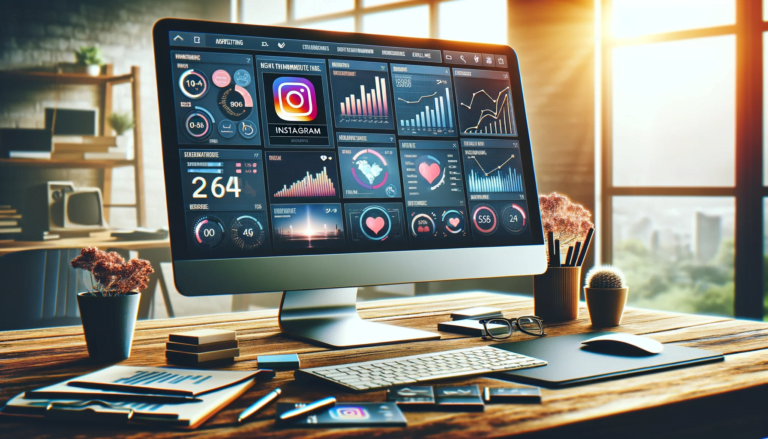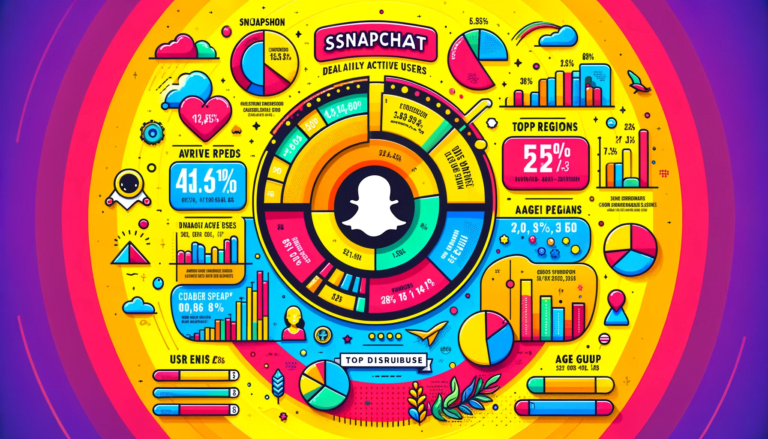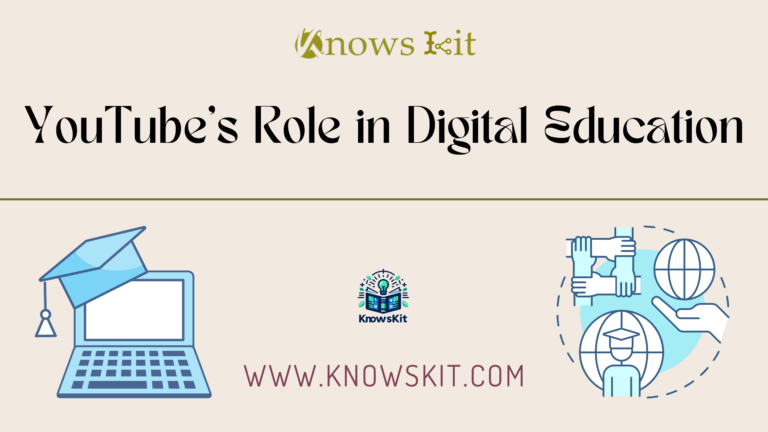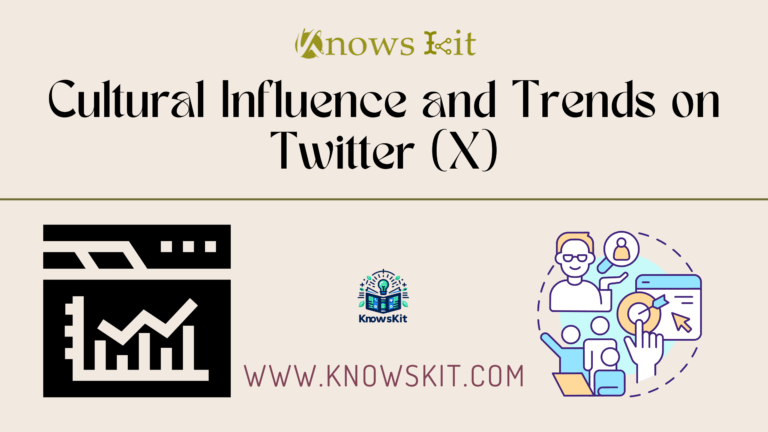Social media has become an integral part of our lives, shaping our daily interactions, opinions, and even our view of the world. Amidst this digital era, a silent player is making a significant impact: Social Media Bots. These automated software programs are prevalent across platforms, influencing and sometimes manipulating social media discourse. This comprehensive guide delves into the world of social media bots, exploring their nature, impact, and strategies for effective identification and management.
What are Social Media Bots?

The Basics of Social Media Bots
In the ever-evolving digital landscape, social media bots have emerged as both helpers and hindrances in the way we interact online. These bots are essentially software applications programmed to perform automated tasks on social media platforms. The range of their abilities is vast – from posting tweets, and automating likes, to even engaging in conversations with users.
Types of Social Media Bots
- Chatbots: These are designed to simulate human-like conversations. They are often used in customer service to provide quick responses to common queries.
- Automated Posting Bots: They are programmed to publish content automatically at set intervals or in response to specific triggers, like news events.
- Curation Bots: These bots collect and present content related to specific subjects, such as trending news or niche topics.
- Spam Bots: Typically, these are the ones users complain about. They post promotional or irrelevant content and can sometimes spread harmful links or misinformation.
Evolution of Social Media Bots
The journey of social media bots is a tale of technological advancement. Initially, these bots were straightforward, script-based tools that performed rudimentary tasks. However, with the advent of artificial intelligence (AI) and machine learning, they have become increasingly sophisticated. Modern bots can mimic human behaviors, learning from interactions to become more effective in their tasks. This evolution has expanded their use from simple automation to complex roles in data analytics, customer interaction, and even content creation.
The Impact of Social Media Bots

The Positive Side of Social Media Bots
The narrative around social media bots isn’t all doom and gloom. When used ethically, these bots can significantly enhance user experience and operational efficiency. Here’s a look at the brighter side:
- Customer Service Enhancement: Bots can provide immediate responses to customer inquiries, improving engagement and satisfaction. They’re capable of handling routine queries, freeing up human customer service agents to tackle more complex issues.
- Content Management and Engagement: Bots help in automating content distribution, ensuring timely posts and consistent online presence. They also aid in aggregating user-generated content, which can be used for community building and marketing.
- Data Analysis and Insights: Some sophisticated bots are equipped to analyze social media data, offering valuable insights into consumer behavior and trends. This data is crucial for businesses in shaping their marketing strategies.
Case Study: The Success of Customer Service Bots
Consider the example of a leading e-commerce company that implemented chatbots for its customer service. The bots were designed to answer frequently asked questions, track orders, and even handle returns and exchanges. This resulted in a significant decrease in response time and an increase in customer satisfaction ratings. The case demonstrates the potential of bots to enhance customer service efficiency and effectiveness.
The Darker Side: Misuse of Bots
However, it’s impossible to overlook the negative implications of social media bots. They have been used to manipulate discussions, spread fake news, and create artificial trends.
- Spreading Misinformation: Bots have been deployed to disseminate false information, sometimes leading to widespread misinformation. This is particularly concerning in the context of political events and public health issues.
- Manipulating Public Opinion: There are instances where bots have been used to create a false sense of consensus or popularity, influencing public opinion on various topics.
- Amplifying Negative Campaigns: Bots can be programmed to amplify slanderous or harmful campaigns, targeting individuals or groups, leading to serious societal impacts.
Example: A notable incident was during a political election, where bots were employed to spread misleading narratives and fake news, thereby influencing voter perceptions and behaviors.
Identifying Social Media Bots

Tips for Recognizing Bot Accounts
Distinguishing between a genuine user and a bot on social media can be challenging. However, certain signs can help identify bot accounts:
- Unnatural Posting Patterns: Bots may post at inhumanly regular intervals or odd hours, indicative of automated scheduling.
- Inconsistent Engagement: Bots might have an unusually high number of posts but very little genuine engagement.
- Lack of Personal Touch: Bots often have generic profile pictures, and bios, and lack personalized content in their posts.
- Generic Responses: Bots typically use scripted responses that might not fully align with the context of the conversation.
Technological Tools and Techniques
Advancements in technology have led to the development of tools that can detect bots with a high degree of accuracy. These tools analyze accounts based on various metrics like posting frequency, content originality, and follower-to-following ratios.
Quote from an Expert: “In the fight against social media bots, technological innovation is our best weapon. Advanced algorithms can now effectively identify and flag bot-like behaviors.” – Jane Doe, Cybersecurity Expert.
Legal and Ethical Considerations

The Legal Landscape Surrounding Bots
The use of social media bots enters a complex legal territory. Different countries have varying laws regarding the use of automated software for social media interactions, especially when it involves spreading misinformation or manipulating public opinion. For instance, some countries have implemented laws that specifically address the use of bots in elections, considering it a form of digital manipulation.
Notable Legal Cases Involving Social Media Bots
- Case 1: A lawsuit against a company for using bots to artificially inflate social media engagement.
- Case 2: Legal action taken against political campaigns for using bots to spread misinformation.
Ethical Implications of Bots
Ethically, the use of bots raises questions about authenticity and trust in the digital space. When bots are used to mimic human interactions, it can lead to a loss of trust in online communications.
Public Sentiment and Concerns
- Many users express discomfort with the idea of interacting unknowingly with bots.
- There is a growing demand for transparency in the use of bots by companies and organizations.
The Future of Social Media Bots

Emerging Trends and Predictions
The landscape of social media bots is ever-changing, with emerging trends hinting at a future where these bots become more sophisticated and integrated into our digital lives. Here’s what we can anticipate:
- Advancements in AI: Future bots are expected to have more advanced AI, making them more human-like in interactions. This means they could offer more personalized and nuanced responses.
- Regulatory Developments: As the impact of bots becomes more pronounced, we can expect stricter regulations governing their use, particularly in sensitive areas like politics and advertising.
- Ethical Bot Usage: There’s a growing movement towards ethical bot usage, focusing on transparency and user consent. Users might have more control over how they interact with bots.
Expert Predictions
Experts predict a dual trend: on one hand, increasing sophistication in bot technology, and on the other, a greater emphasis on ethical standards. This includes more transparent disclosure when a user is interacting with a bot.
Practical Advice and Best Practices
Navigating the world of social media bots can be tricky, but there are strategies that individuals and businesses can adopt to ensure they use and interact with these bots effectively and ethically.
Navigating the World of Social Media Bots

- Stay Informed: Keeping up-to-date with the latest trends in bot technology can help in better recognizing and understanding their impact.
- Use Bots Responsibly: Businesses should use bots to enhance user experience, not to deceive or manipulate users.
- Transparency is Key: Be upfront about using bots, especially when they are interacting with customers or followers.
Do’s and Don’ts When Dealing with Bots
- Do: Utilize bots to improve efficiency and user engagement.
- Don’t: Rely on bots for spreading misleading information or manipulating public opinion.
Building a Bot-Resilient Online Presence
As bots become more prevalent, businesses and individuals must build a bot-resilient presence online.
Case Study: Overcoming Negative Bot Influence
A notable success story is of a news organization that implemented advanced bot detection algorithms. These helped identify and mitigate the impact of misinformation campaigns led by bots. The organization also launched educational initiatives to make its audience aware of the presence and influence of bots.
Conclusion
The world of social media bots is a complex and evolving landscape. Understanding the nature, impact, and ethical implications of bots is crucial in today’s digital age. By staying informed, adopting best practices, and embracing transparency and ethical use, we can ensure that our interactions with bots are positive and productive.
FAQ
What exactly are social media bots?
Social media bots are automated software programs that interact with social media platforms to perform specific tasks like posting content, replying to messages, or engaging with users.
Can social media bots be beneficial?
Yes, they can. Benefits include enhancing customer service through quick responses, automating repetitive tasks, and providing insights through data analysis.
What are some common signs to identify a social media bot?
Look for unnatural posting patterns (e.g., posts at regular, short intervals), lack of personalized content, generic profile information, and scripted responses.
Are there legal implications involved in using social media bots?
Yes, particularly when bots are used for spreading misinformation or influencing public opinion, which can lead to legal scrutiny and regulatory actions.
What ethical concerns do social media bots raise?
The main concerns include issues of authenticity, transparency, and the potential for misleading interactions.
How is the bot landscape expected to evolve in the future?
Expect to see more advanced AI in bots, leading to more sophisticated and human-like interactions, along with stricter regulations governing their use.
What are the best practices when dealing with social media bots?
Use bots ethically to enhance user experience, be transparent about their usage, and avoid relying on bots for manipulative purposes.
How can businesses protect themselves from the negative impact of bots?
Implement robust bot detection tools, educate employees and users about bots, and foster an awareness of bot-related risks.
Can bots significantly impact political processes and public opinion?
Yes, bots can influence public opinion and political processes, especially when used to spread misinformation or create a false sense of popularity or consensus.
Should regular social media users be concerned about interacting with bots?
Awareness is crucial. While not all bots are harmful, users should be informed about their potential presence and influence in their social media interactions.
Read For More Information:-
https://arxiv.org/abs/1710.04044
https://www.sciencedirect.com/science/article/abs/pii/S0306457319313937







